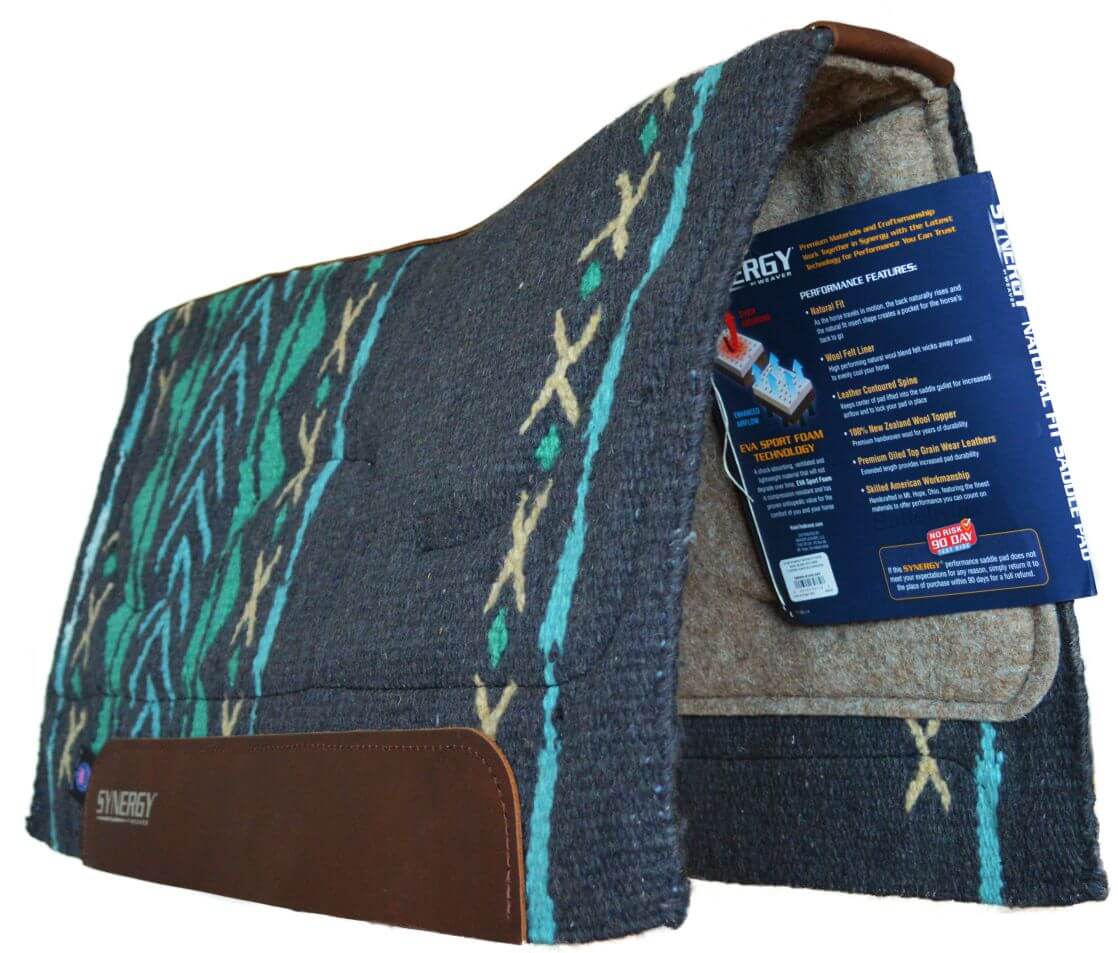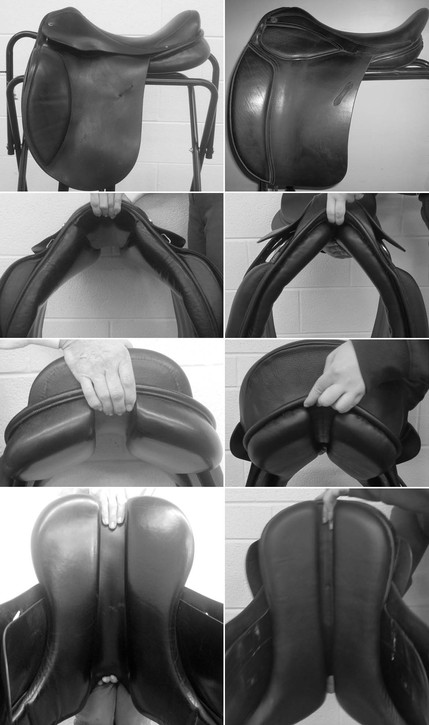Saddle Fit Assessment: Professional vs DIY for Your Horse

Ensuring your horse’s saddle fits correctly is crucial for their comfort, performance, and overall health. Saddle fit assessment can be approached in two main ways: by a professional saddle fitter or through a do-it-yourself (DIY) method. Understanding the differences, benefits, and limitations of each approach will help you make an informed decision.
What is Saddle Fit Assessment?

Saddle fit assessment involves evaluating how well a saddle conforms to your horse’s back and how it affects their movement and comfort. A properly fitted saddle distributes the rider’s weight evenly, avoids pressure points, and allows freedom of movement.
Professional Saddle Fit Assessment

Expertise and Experience
Professional saddle fitters have specialized training and experience in anatomy, saddle design, and equine biomechanics. They use their knowledge to identify subtle fit issues that may not be obvious to the untrained eye.
Tools and Techniques
Professionals often use advanced tools such as pressure mats, thermal imaging, and 3D scanning to assess saddle fit accurately. These technologies provide objective data on pressure distribution and saddle alignment.
Benefits
- Accurate diagnosis of fit problems
- Customized saddle adjustments or recommendations
- Prevention of long-term physical issues for the horse
- Enhanced rider comfort and performance
Drawbacks
- Cost can be higher than DIY methods
- Requires scheduling and availability of a qualified fitter
DIY Saddle Fit Assessment
Basic Checks
Horse owners can perform initial assessments by observing their horse’s behavior, checking for uneven sweat patterns, and inspecting the saddle for wear or damage.
Tools Available
Simple tools like saddle fit gauges, wither tracers, and mirrors can assist in evaluating fit at home.
Benefits
- Cost-effective and convenient
- Allows frequent monitoring
- Helps owners become more familiar with their horse’s back
Drawbacks
- Limited by lack of professional expertise
- Risk of missing subtle or complex fit issues
- May lead to incorrect adjustments causing discomfort
Comparison Table
| Aspect | Professional Fit Assessment | DIY Fit Assessment |
|---|---|---|
| Expertise | High, trained specialists | Varies, generally limited |
| Tools | Advanced diagnostic equipment | Basic measuring tools |
| Accuracy | High, data-driven | Moderate, observational |
| Cost | Higher | Lower |
| Convenience | Requires appointment | Immediate, flexible |
| Risk of Misfit | Low | Higher |
FAQs
Q1: How often should I have a professional saddle fit assessment?
A1: Ideally, every 6 to 12 months or whenever your horse undergoes significant changes in weight, muscle, or condition.
Q2: Can I rely solely on DIY methods?
A2: DIY methods are useful for regular checks but should not replace professional assessments, especially if you notice discomfort or performance issues.
Q3: What signs indicate a poorly fitting saddle?
A3: Signs include uneven sweat marks, hair loss, soreness, reluctance to move, or behavioral changes during riding.
Q4: Are professional saddle fitters certified?
A4: Many professional fitters hold certifications from recognized organizations, ensuring they meet industry standards.
Conclusion
While DIY saddle fit assessments offer convenience and cost savings, professional evaluations provide a thorough, accurate analysis that can prevent long-term problems. Combining both approaches—using DIY checks regularly and scheduling professional assessments periodically—ensures your horse remains comfortable and healthy under saddle.
